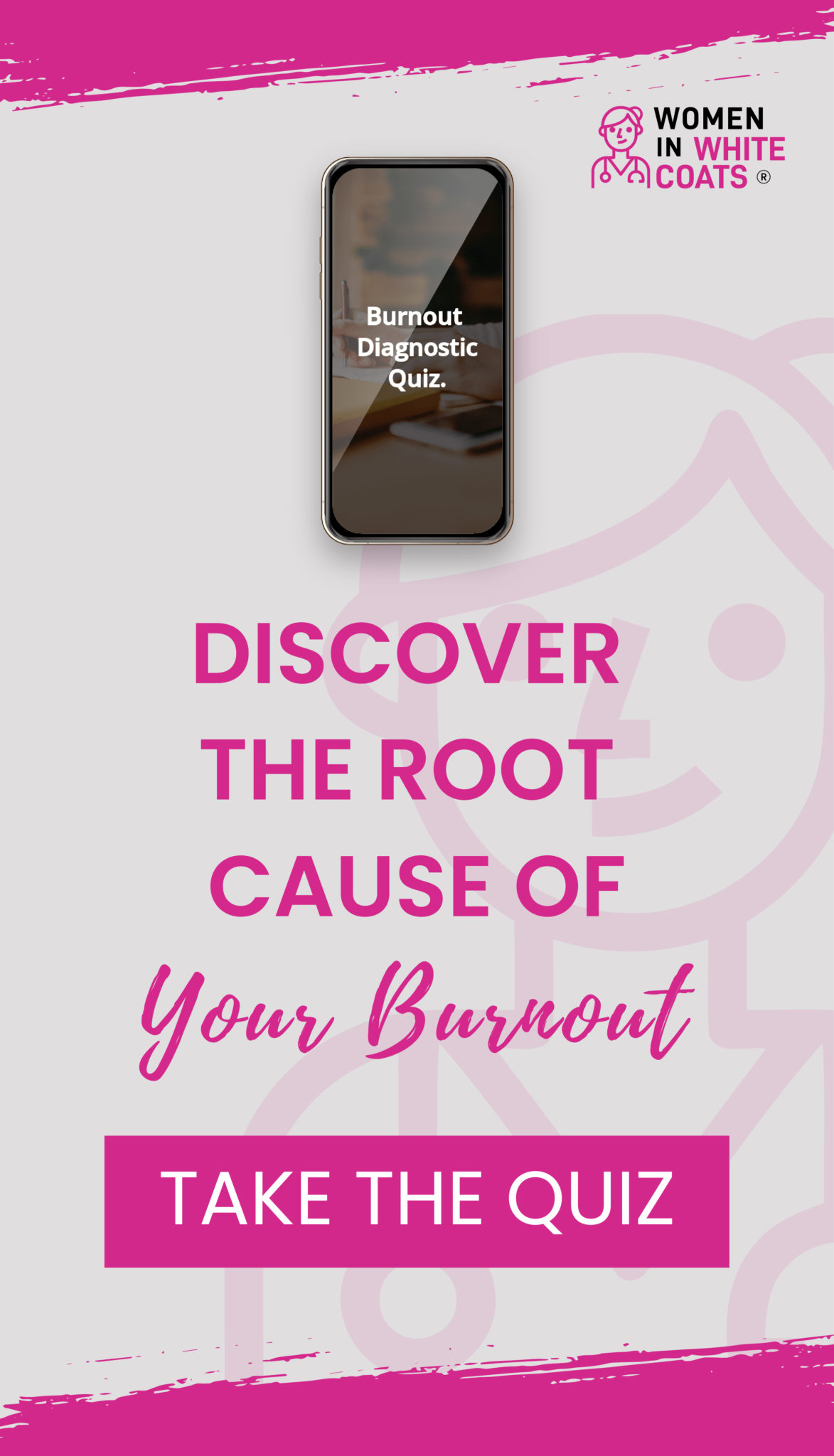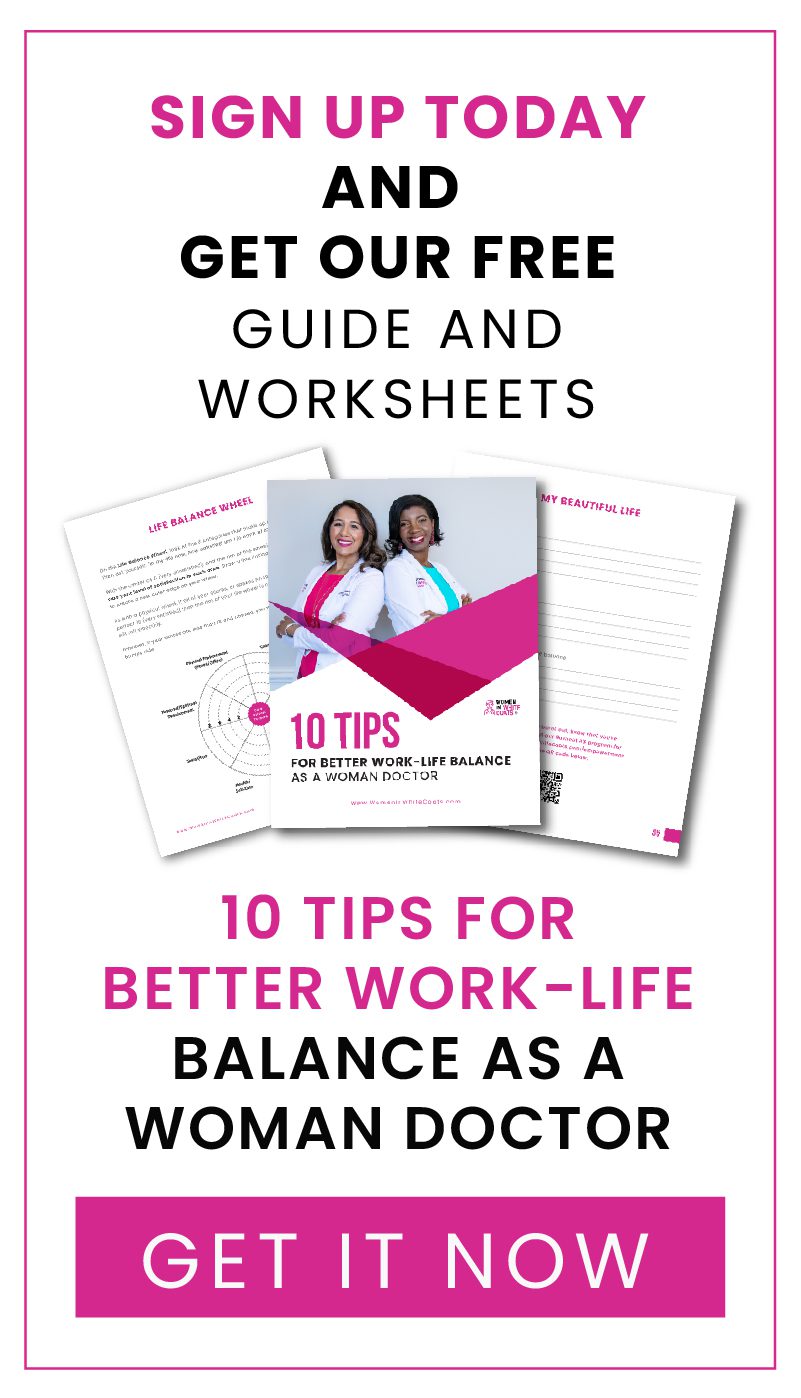For doctors, charting has become a frustrating part of our job. We would like to minimize the impact it has on our day and our interactions with patients. We do not want our notes described as TL;DR (Too Long; Didn’t Read)!

Wouldn’t it be nice to “chart smarter” by doing something now, to not have to do it later? How can you “get in and get out” of the chart as quickly as possible?
In my 10 years of being an EPIC user, I have found smarter ways to chart, to make my efforts count more than once. I would like to share my ideas with you so you can avoid the endless trail through the EMR and instead find what you need quickly.
Set up your future self for success by working smarter today. Think about the ways you prepare for the day by picking out your clothes, packing your lunch, and putting your bag beside the door. We can do the same thing with charting.
1. Set Up Pre-Visit Labs
While the patient is with you at the visit, order labs for their next visit before you close the note. You can set up order sets to make entering and signing off on these labs efficient. You do not have to open another encounter later.
The patient can come in a few days before their next visit. You will have the labs available so you can discuss them during the visit and avoid extra communication afterward. This works well for planned yearly or interval follow-up visits for certain disease states and monitoring.

2. Format Your Templates So They Work For You
If you want to try out a new template, borrow one from your partner and customize it, or tweak your own. Update your speed buttons to make it easy to access.
Bring in the smart links or smart phrases that draw from other parts of the EMR. Use spacing, bold, underlining, bullet points, etc. so the style of your note makes it easier to find what you need quickly.
Move from APSO notes to SOAP notes if you have not already. I have just done this after resisting for who knows why for a long time. It saves a lot of scrolling in long notes.
3. Set up an Appropriate Copy and Paste Habit
Carry forward the plan from their last visit into today’s HPI/Interval History section as a way to document what happened in reference to what you planned to occur. You can also carry forward a previous assessment and plan but make sure you update the information. Blindly copying and pasting is frowned upon and can lead to inaccurate notes.
I often enter aspects of my plan into the patient instruction section, so it is highlighted for the patient. To avoid typing the same thing twice, I then use a smart phrase to bring that information into the plan section of the note.

4. Use Your Problem List to the Best of Your Advantage
The Overview section of the Problem List is my best friend. If I use it correctly, it makes my charting so much easier. I have learned from partners who have an excellent summary of the history of a health issue in this section. Some are narrative and others are bulleted. This strategy can also help you track trends over time.
With the Problem List function, you can prioritize data and diagnoses in a way that makes sense to you. You can even do Problem List-based notes if you prefer.
For a patient with a detailed Problem List, I use a smart tool to bring the full version into my note.
5. Bookmark Notes and Use Filters
In the chart review section, by using the bookmark tool, you can focus on certain crucial notes in very busy charts. This is like creating a favorites list on your internet browser to save time. You can bookmark notes you’ve created and others’ notes as well.
Set up different filters that help you. I mostly use the filter to pull up only my own notes. In some practices, choosing your partner’s notes is helpful too.
6. Update the Chart When Working on that Patient in the In-Basket
Add to patient’s snapshot when CC’d by other physicians if they have not already done this. Update the med list, problem list, history, or allergy list based on what you learn via Mychart messages from patients or other in-basket notes. Taking time to do this when you are already focused on the patient will help you be prepared the next time you see this person.
7. Pre-Visit Plan
Can you review the chart in the morning before you start seeing patients? You should pre-visit plan the same day if you are using time billing, so you get credit for it. Team members can review the chart the days before the visit via a protocol you have created for them.

My WIWC blog article states in January 2021 the AMA and CMS issued changes to E/M outpatient coding regulations. The intended impact was to reduce documentation overload by making certain aspects of the note optional, and allowing providers to bill based on the time they spent with the patient face-to-face and with the patient’s chart (non-face-to-face) on the day of the visit. I transitioned to coding based on the time but unfortunately did not really adjust my documentation style or template.
Turns out I was not alone. I had hoped these changes would help me spend less time charting but they did not.
A recent Feb 2022 article in Annals of Internal Medicine reported despite seeing changes in billing practices, the length of the note and the time spent in the EMR did not significantly change for the 300,000 providers studied.
Set Up Your Future Self for Success by Working Smarter Today
It takes time and intentional effort to change a habit built over 20+ years. But it is well worth it!
By using these 7 strategies to prepare for the patient visit ahead of time, document efficiently, easily focus on what is important for you, and make your efforts count more than once, you can work smarter. You can spend less time on the EMR and more time doing what you love as a doctor.
Marion McCrary MD FACP is a practicing primary care general internist in North Carolina and a national board-certified health and wellness coach. She is a former Women in White Coats Writers Fellow and Podcast Co-Host. Her website is http://www.marion-wellness.com, and she can be followed on Instagram and Facebook at marionmccrarywellness and Twitter at marionmccrarymd.
Want to learn more ways to tackle your charting plus address other reasons you may feel burnout? Sign up on the waitlist for our next WIWC Physician Wellness and Empowerment Program: Burning Bright Instead of Burning Out, you won’t regret it!
More than half of women physicians are feeling burnout right now and we want to help you discover what’s at the heart of it. Take our brand new Quiz to help you discover the root cause of burnout for you and what to do about it!



